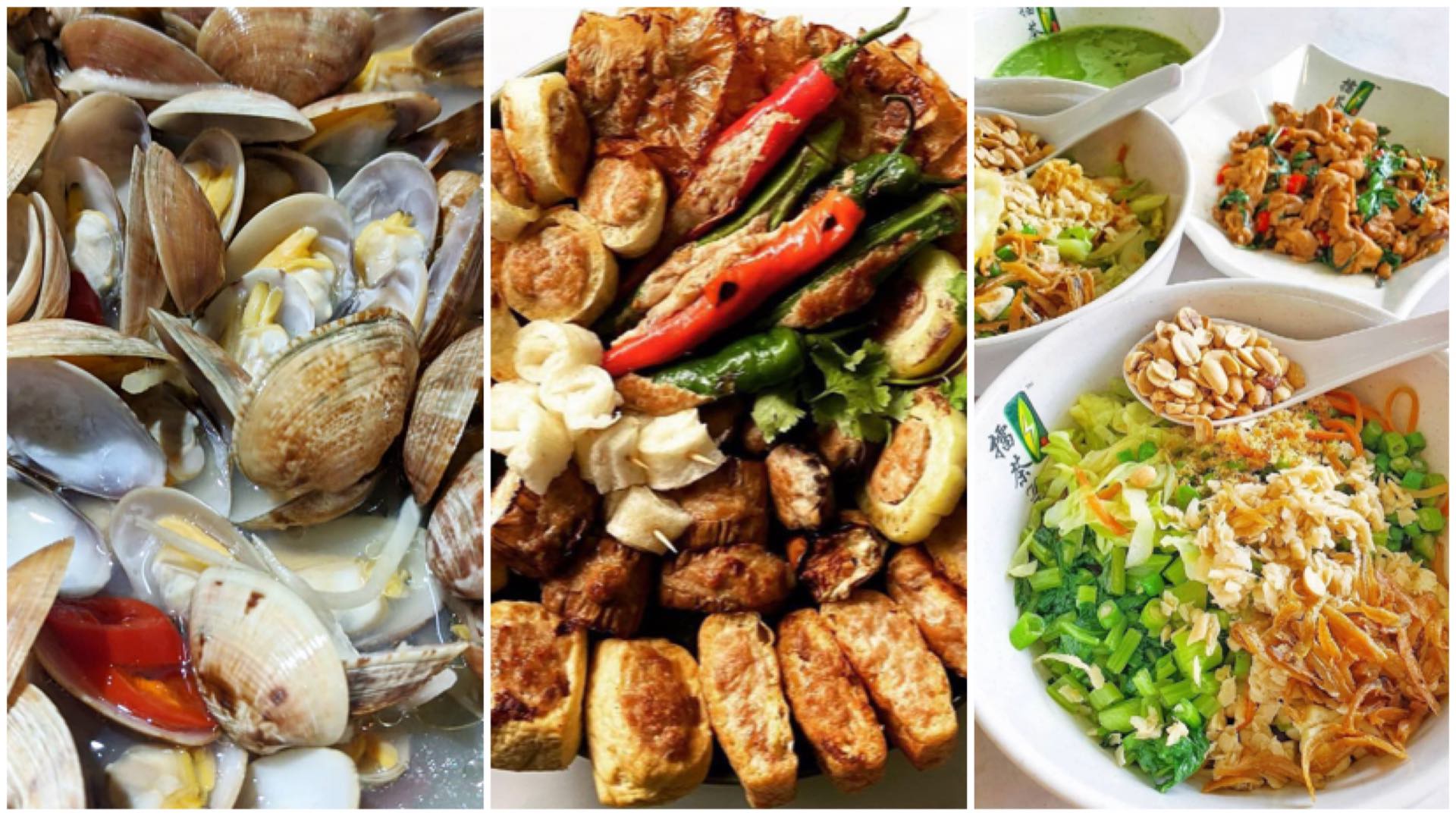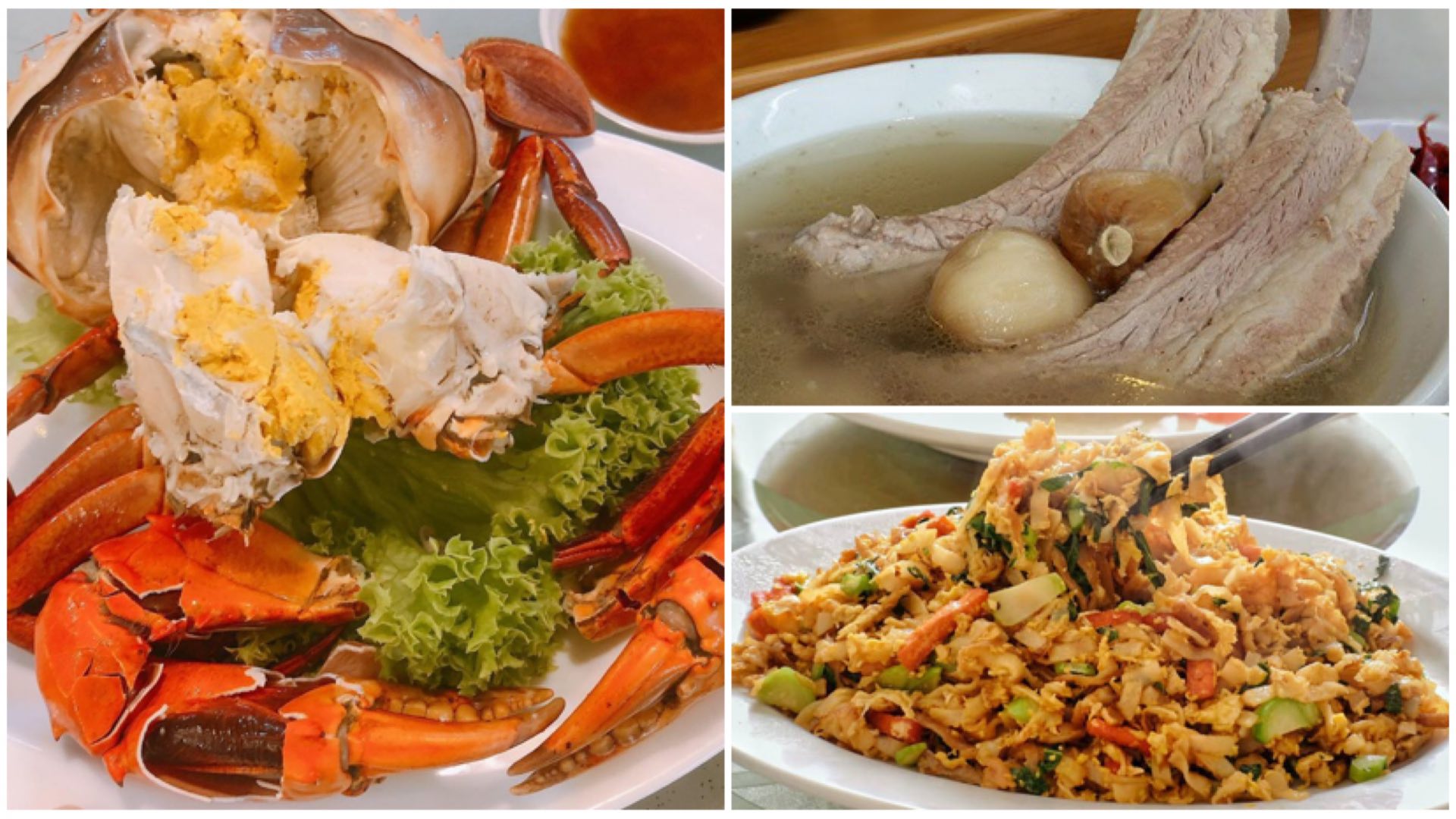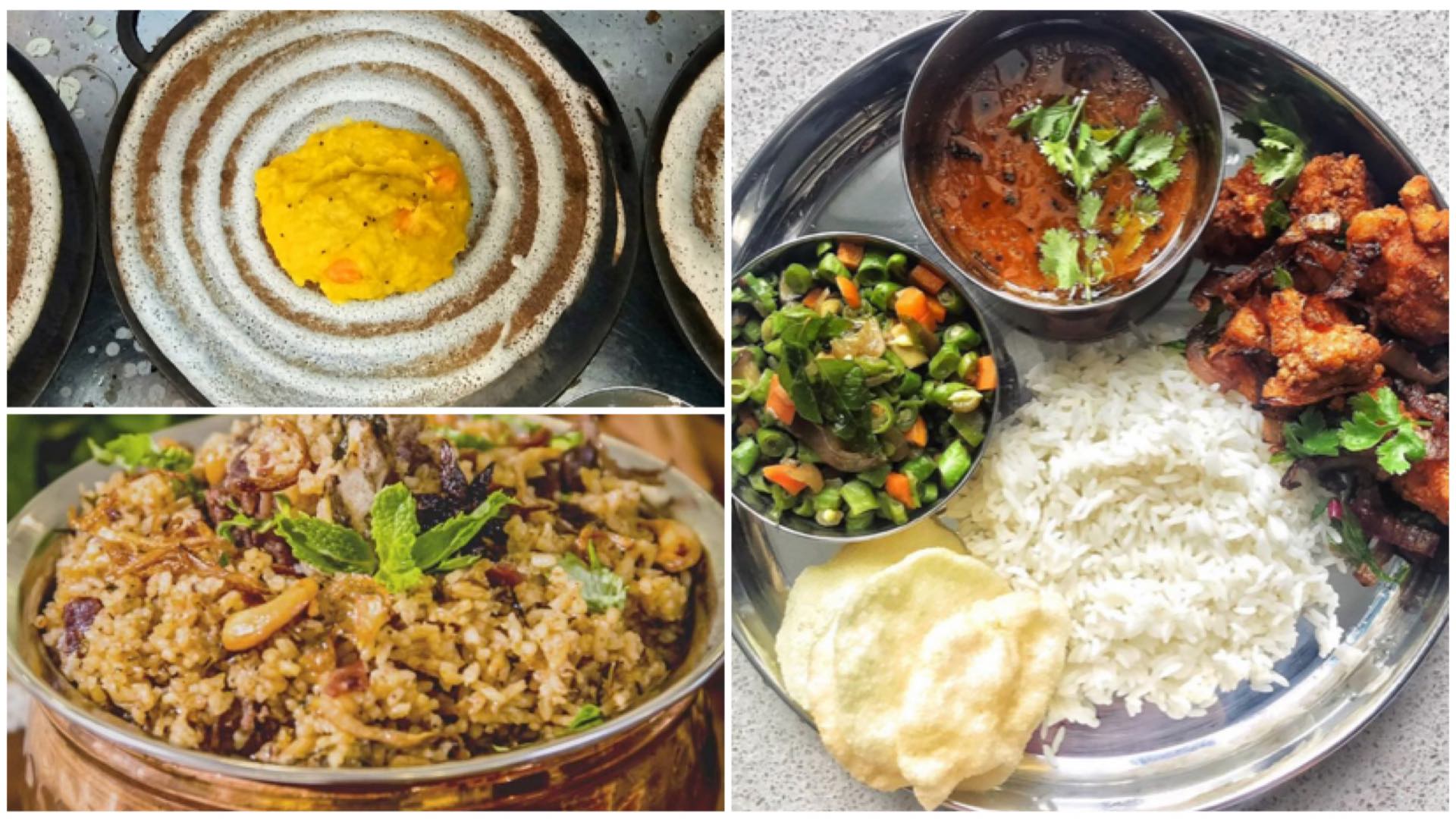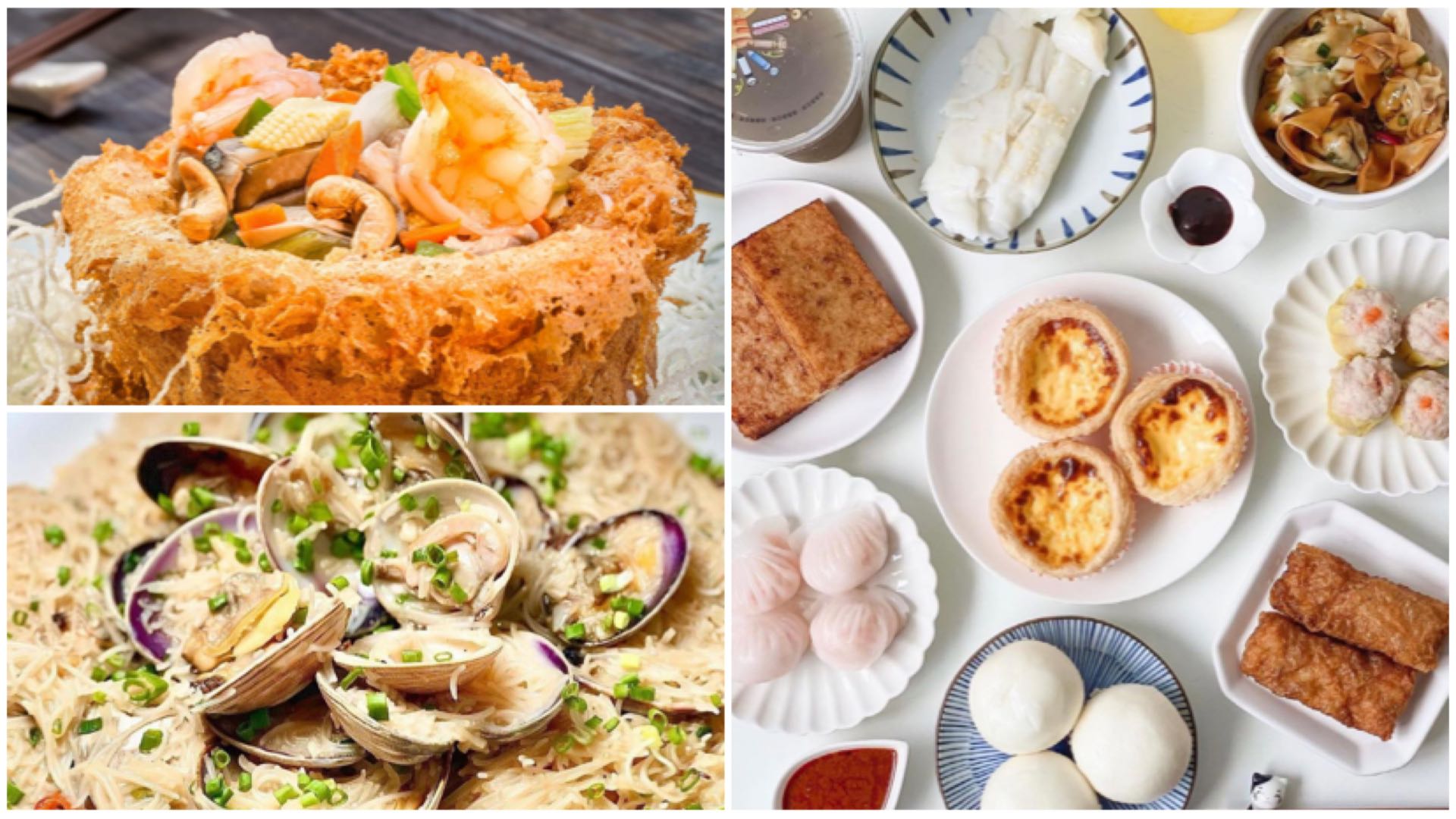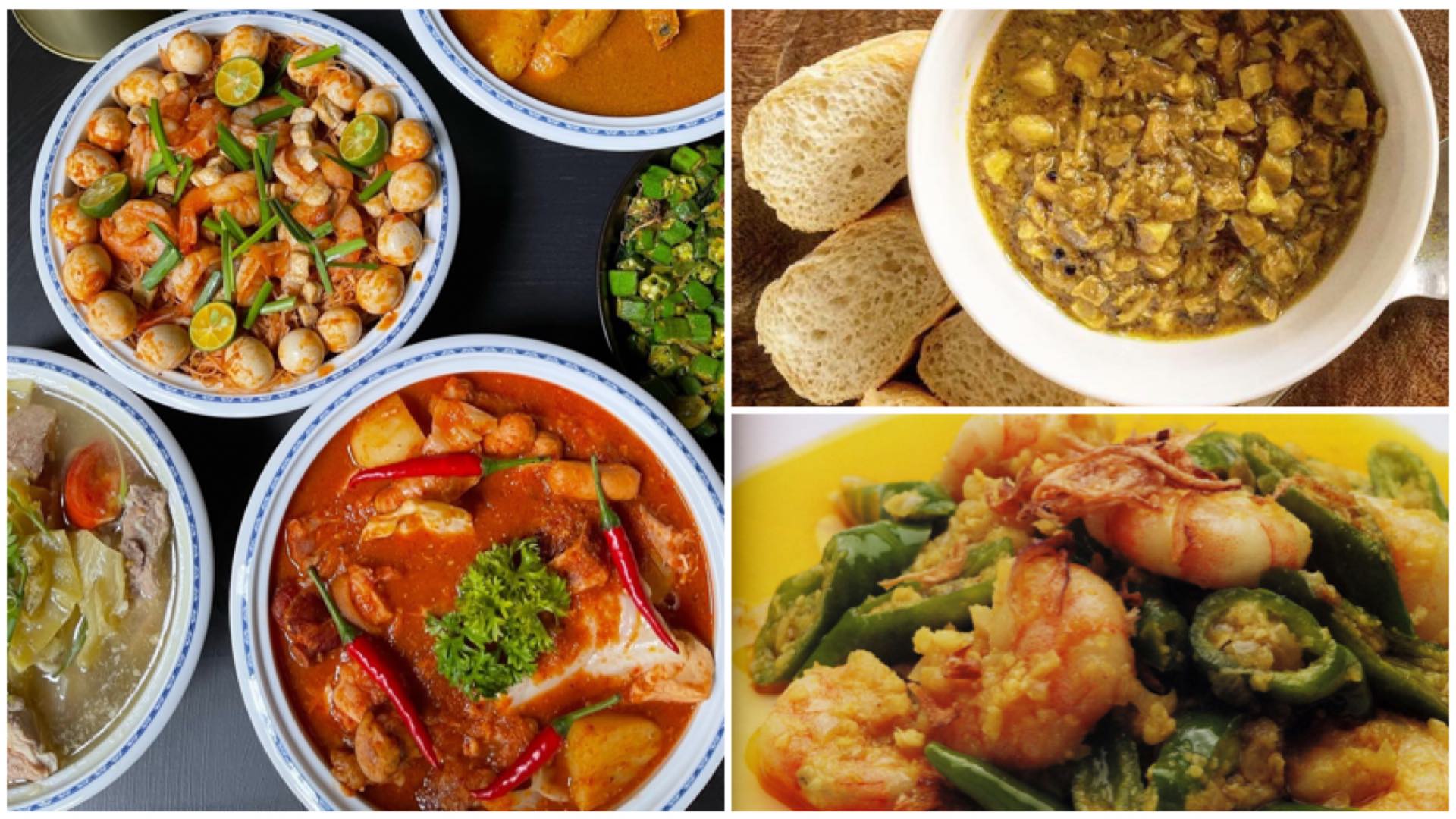Singapore Shiok: Hakka Cuisine On Our Little Red Dot
Singapore’s Hakkas originated from Henan and Shanxi provinces in northern China before migrating south, fleeing war, poverty and chaos during the Yuan (1279-1368) and Ming (1368-1644) dynasties. They came to be known as Hakka or 客家 (ke jia) in Mandarin – meaning “guest inhabitants” – as it alluded to their status in the provinces where they first settled.
The hardships and nomadic lifestyles of the early Hakka shaped their cuisine. Having made their homes on inland hills in China, seafood was practically unheard of in their diets.
As they moved often, they preserved much of their food with salt, which gave life to dishes like the now iconic salt-baked chicken. To nourish their bodies for the backbreaking work of farming, the Hakka ate plenty of meat. And to keep them warm against the cold of the north, they drank lots of rice wine.
Posted by Goldhill Hakka Restaurant 1997 on Friday, 24 May 2019
While Hakka cuisine traditionally uses humble ingredients foraged from the land, its people had a knack for turning them into immensely tasty dishes.
Among the celebrated Hakka culinary canon is suan pan zi, or abacus seeds made from mashed yam. These gnocchi-like dumplings are boiled and then fried with dried shrimp, mushrooms, black fungus and minced pork.
Yong tau foo is another popular Hakka delight featuring a tasty paste made of minced pork and fish stuffed into vegetables and served in a broth, or fried and swathed in an umami-rich sauce.
Fish was not part of the original dish but came later when the Hakka migrated to Southeast Asia.
Yong tau foo, which means stuffed tofu, goes back to the Hakka’s time in southern China where wheat was not grown. Since they couldn’t make dumplings without wheat, they filled vegetables with minced meat instead and yong tau foo was born.
Hakka foods are often time-consuming to prepare. The process of making yong tau foo, for instance, can take an entire day. The filling must first be minced and mixed before the vegetables and tofu are carefully sliced and filled. The broth in which these ingredients will be poached is another process all on its own.
Thunder tea rice, another Hakka speciality, is famously laborious. It involves mincing vegetables and cutting tofu into delicate cubes before serving over a bowl of steamed rice.
There’s also the soup that is poured over the rice, which is made by pounding ingredients such as mugwort, basil, tealeaves, and nuts using a mortar and pestle.
The arduous nature of these dishes might explain why Hakka food is seldom available outside of homes.
That said, a number of stalwart Hakka eateries abound, including Plum Village, the oldest Hakka restaurant in Singapore. All the classics are available here, including hong zao (red glutinous rice wine) chicken and salt baked chicken.
Posted by Goldhill Hakka Restaurant 1997 on Saturday, 20 June 2020
The popularity of family-run Goldhill Hakka Restaurant hasn’t waned since it opened in 1997. While yong tau foo is its speciality, fans often wait patiently in line for a seat to get a taste of the restaurant’s classic yusheng, steamed rabbit fish and clams in Chinese rice wine.
Hakka Yong Tau Fu is popular at hawker centres too as evinced by the queues at Hup Chong Hakka Yong Dou Foo at 123 Lorong 1 Toa Payoh and the plainly named Hakka Yong Tau Fu at #01-01 Ghim Moh Market.
Good thunder tea rice can be found at Tea Square along Bencoolen Street, Thunder Tree Lei Cha at People’s Park Centre and Raffles Hospital in Bugis, as well as Hakka Thunder Tea Rice at #01-31 Tanglin Halt Food Centre
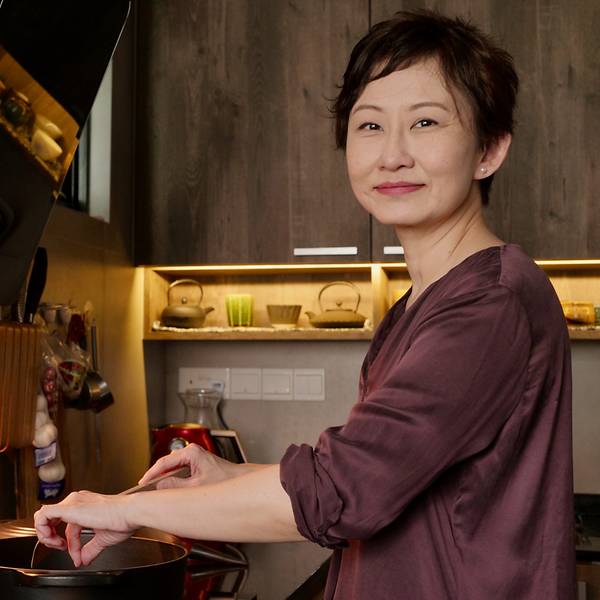
No doubt, some of the best Hakka food remains in homes. Thankfully, the pandemic has yielded a whole community of home-based businesses that serve small batches of their unique fare. Patricia Chen, who started Sekel Kitchen, makes amazing suan pan zi and yong tau foo from scratch.
The queue for her homemade delicacies is virtually endless, but there is no harm signing up for a place in that line if only to get a chance to savour unforgettable renditions of her Hakka family food.
For the latest updates on Wonderwall.sg, be sure to follow us on Facebook, Instagram and Telegram. If you have a story idea for us, email us at [email protected].







